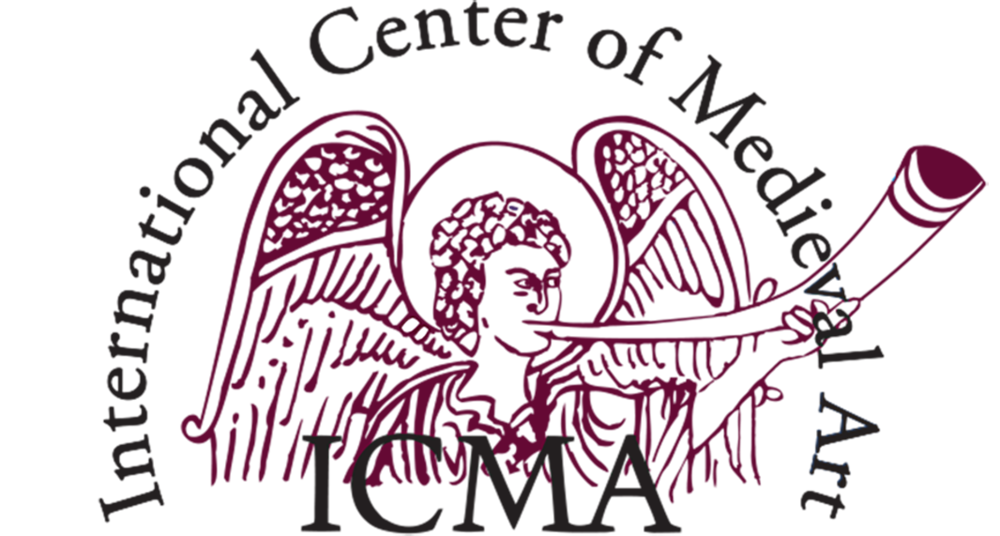Alabaster
Museum Leuven, Leuven, Belgium
14 October 2022 - 26 February 2023
The Virgin Annunciate, ca. 1340-1360, photo ©2007 RMN musée du Louvre (RMN)/René-Gabriel Ojéda
Alabaster, more luxurious than gold and soft as velvet, was a very popular material in European sculpture. M and the Louvre Museum have teamed to try to show examples of all aspects of the material by using masterpieces from the 14th to the 17th century. Stroll past Gothic retable fragments, Baroque altars, unusual collectibles and gigantic tombstones and be amazed by the possibilities that this unique material offers.
Both the material and immaterial aspects of alabaster are explained in M’s exhibition. Find out more about the characteristics that made this material so popular, the techniques used and come face-to-face with around 130 masterpieces of alabaster made by the best alabaster artists from the 14th to the 17th century: André Beauneveu, Jean Mone and Conrad Meit (Southern Netherlands), Tilman Riemenschneider (Germany), Jean de Cambrai and Germain Pilon (France), Diego de Siloe and Damien Forment (Spain).
But the story of alabaster does not end with the 17th century. That is why M is also showing contemporary works by the Belgian artist Sofie Muller (b. 1974). Alabaster’s materiality is central in her practice with the roughness of the newly quarried tuber of alabaster contrasting the velvety softness and beauty of the polished end product. Making use of this contradiction, Muller chisels away at a story about the fragility of human psychology.
The final piece of the exhibition comes from M’s collection. It is the 6.5 metre tall St Anne's table, made in 1610 by Robert de Nole for the Celestine convent in Heverlee. There is a multimedia display to help you discover this monumental masterpiece's story.
The collaboration between M and the Louvre is both unique and logical: M has an internationally renowned collection of medieval sculpture and is appreciated far beyond its borders for the expertise it has built up in this field. The Low Countries were of course also an important and leading centre for alabaster sculpture. The sculpture department at the Louvre is, in collaboration with the Laboratoire des Monuments Historiques and Bureau des Recherches Géologiques et Minières carrying out extensive research into the origin of alabaster using isotope analysis.
Curators: Marjan Debaene (M Leuven) and Sophie Jugie (Louvre Museum)
This exhibition is made possible by Louvre Museum and Bank Delen.
For more information: https://www.mleuven.be/en/programme/alabaster

